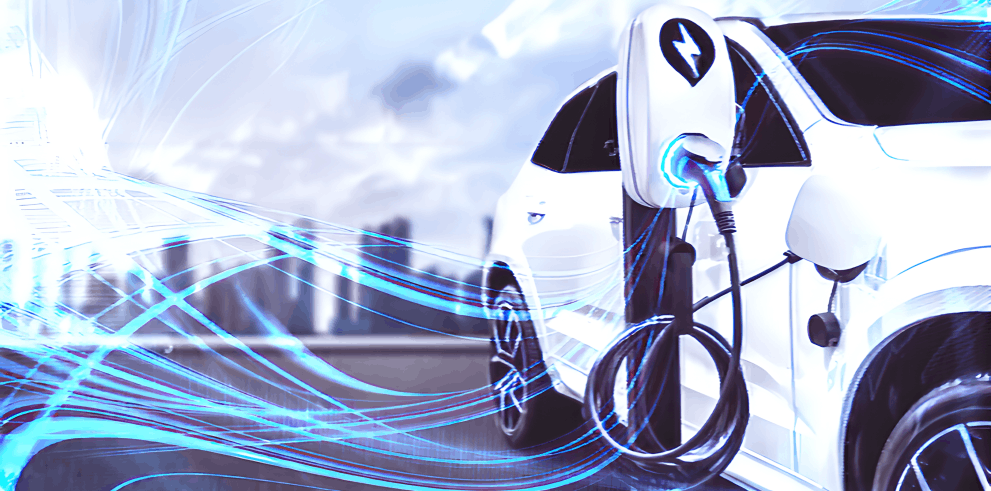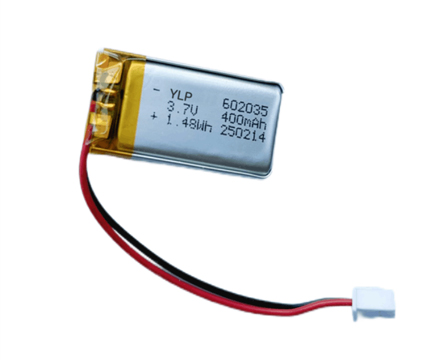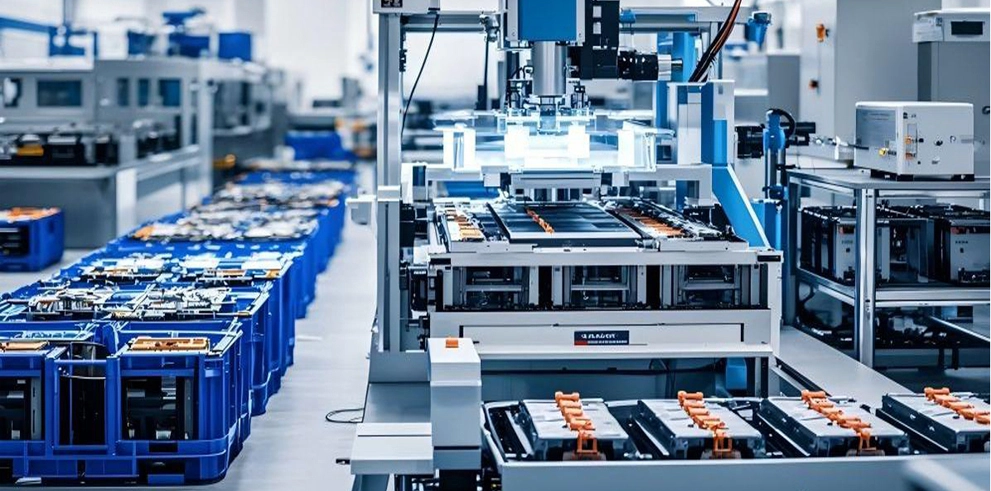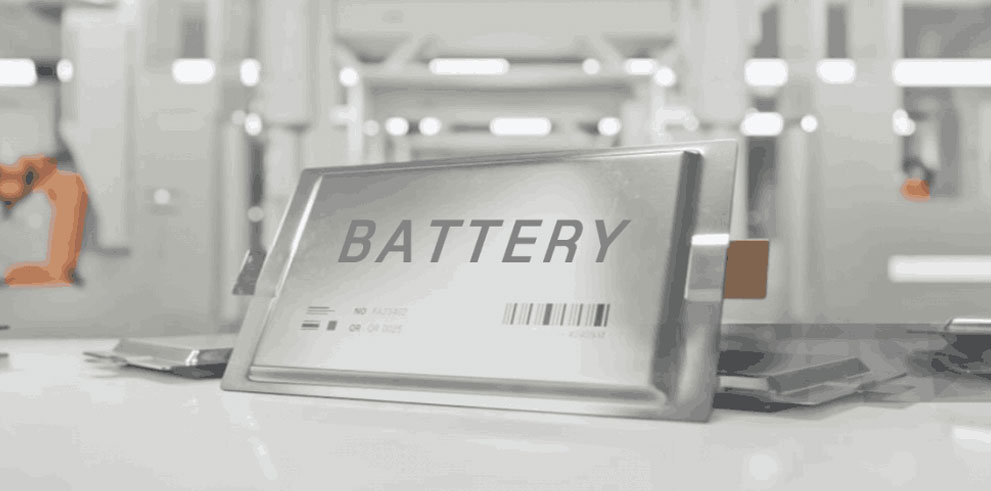(2) Anode Materials
During charging, lithium ions migrate from the cathode to the anode. If the anode lacks sufficient lithium intercalation capacity, it can easily lead to the formation of lithium dendrites, causing irreversible capacity degradation and, in severe cases, piercing the separator and triggering internal short circuits. Graphite anodes remain dominant due to their low cost, ease of processing, and suitable energy density. Although silicon anodes offer much higher capacity potential, their expansion issues after charging have yet to be fully resolved, limiting large-scale commercial use. Currently, researchers are actively exploring new anode materials such as silicon-carbon composites, aiming to increase battery capacity while addressing the expansion challenges of silicon.
(3) Separator Materials
Under high-rate charging conditions, separators must have low internal resistance, good ionic conductivity, and maintain structural stability at elevated temperatures to prevent short circuits. Currently, ceramic-coated composite separators are widely used, significantly enhancing separator performance. In addition, with technological advances, new separator materials such as inorganic nanofiber membranes are under development, which are expected to further improve battery fast-charging performance and safety.
(4) Electrolyte
Electrolyte is one of the key factors affecting fast charging. It must exhibit high conductivity, chemical stability, and compatibility with both cathode and anode materials. Functional additives—such as those for high-temperature resistance, flame retardancy, and overcharge protection—are often added to meet performance demands. Researchers are now working on developing new electrolyte systems, such as solid-state electrolytes, to overcome the limitations of traditional liquid electrolytes in fast-charging applications.

Challenges in Charging Equipment
(1) Charging Power and Infrastructure
Take Tesla's Supercharger as an example: the Tesla Model S85D supports a maximum charging power of 120kW. This shows that enabling an 80% charge within 15–30 minutes is already a significant challenge for long-range EVs. Furthermore, installing fast-charging stations in residential areas requires grid capacity upgrades and safety assessments. A single fast charger demands more electricity than several dozen typical households, necessitating the separate deployment of a 10kV transformer. However, urban power distribution networks often lack the capacity to support the installation of numerous substations, making the deployment of fast-charging infrastructure in residential areas more difficult. As the number of EVs continues to grow, the contradiction between charging power demands and urban grid capacity will become increasingly pronounced.
(2) Operation and Profitability of Fast-Charging Stations
Statistics show a vehicle-to-charger ratio nearing 8:1, meaning each charging pile serves an average of eight vehicles—highlighting a serious supply-demand imbalance. This is mainly due to profitability issues: high costs and low margins make it difficult for charging station operators to turn a profit. Currently, innovative operation models are emerging, such as collaborations with automakers and integration into charging networks, to improve charger utilization rates and profitability.
Future Development Trends
There is currently a trade-off between energy density and fast-charging performance in a single battery, but cutting-edge technologies are beginning to overcome this limitation. Enhancing energy density remains a mainstream goal within the industry. When energy density is high enough, it can effectively alleviate “range anxiety”—for instance, if a single charge supports 1,000 kilometers, users may become less dependent on high-rate charging. However, high-frequency short-distance use cases (such as city commuting) will still rely on fast charging, leading to diversified technology pathways.
On the other hand, increasing battery capacity further means higher costs. Consumers, even when facing a “worry-free” battery range, still need to balance cost and convenience. Therefore, fast charging retains its value.
From a macro perspective, the widespread adoption of fast-charging technology is also constrained by infrastructure costs. The competition between improvements in energy density and breakthroughs in fast-charging technology—in terms of cost reduction and efficiency—will significantly shape future market prospects. In the future, technological advances and cost changes will be key factors in driving the large-scale rollout of fast charging. As battery technology continues to evolve and infrastructure is gradually improved, the range and charging speed of electric vehicles will be significantly enhanced, offering consumers more convenient and efficient travel options.
In conclusion, the development of fast-charging technology for EVs is a complex process involving battery materials, charging equipment, and infrastructure construction. Only through continuous technological innovation and effective cost control can fast-charging technology be widely applied, thereby advancing the new energy vehicle industry.




 English
English  français
français  Deutsch
Deutsch  Español
Español  italiano
italiano  português
português 




